I tried as much as possible to minimize the cost of the materials and the effort put into practical realization, which I often do because I do not like to reinvent the wheel. My opinion is that it is much faster and easier when we can call on local craftsmen who know their profession and I cannot have (in my apartment) a glass workshop, a carpentry workshop, a locksmith workshop anyway. 😊
I did not build the table because I wanted, as I said before, to make my work easier, so I ordered the coffee table online (I really like to improve the products I buy). So I chose a simple, modern, elegant with a glass top of course. From the pictures I deduced that it will have the transparent smoked glass top but after a month and a half (!) of waiting, when I received it I had the big surprise that the top was not transparent but it was a black painted glass, completely opaque. That's why I needed to make another board, I used in the end a piece of real smoked glass as you will see below).
You can see the table model I ordered for example here - or here.
I ordered it from here from an online retailer for Home and Lifestyle in Central and Eastern Europe -
Other model that I think might be interesting, also this model would really be worth making from copper pipes for example, I'm sure that with the two LED matrices it would look awesome 😊
I ordered the smoked plexiglass sheet online , it is 5mm thick.
I ordered the smoked glass in a local workshop, it is 6mm thick and it is also tempered.
I ordered the MDF board and the slats also in a local workshop.
The main tools I used:
- Soldering station
- Drilling machine
- Screwdrivers, pliers, hammer, linear, other small things ...
The MATRIX… the LED Matrix 😊
In The Beauty of Math instructable I used 4 arrays of 8x8 LEDs, ie a matrix of 16x16 LEDs. I thought I should use such matrices for this project also. As the table has an active surface of 460mmx460mm the matrix could have 36 matrices of 8x8 ie 48x48 (2304) leds. That could be made but ... the cost of the cheapest 8x8 LED module would be $5.2 so in total $187!
Other two interesting variants would be the ones with 32x32 (1024) LEDs and the one with 24x26 + 25x25 (1249) LEDs. These can be made from much cheaper LED strips those one with 60leds/m, (one LED price will be 14.24/300 = $0.05 - the price is lower at 5m strips, the remaining LEDs could be used for other projects) -
So the first one would cost $51 and the second one would be $ 62. You can see that the price is much lower than the 8x8 module version, even if the number of LEDs is only half.
It is true that the price is lower than the variant with 8x8 LED modules but the parts would be difficult to solder and their command could be quite complicated.
I also read this article - "Diffusing LEDs Right" - where the author recommends that for a good diffusion of the LED lights the distance between the LEDs and the diffusion surface should be at least equal to or greater than the distance between the LEDs. The frame of the coffee table I ordered allows a distance of 20 mm between the LEDs and the diffusion surface (table top). The above mentioned article focuses on the more uniform diffusion of the LED light, which was not really necessary in my project, I wanted to see each LED individually as a cell, only a little bit blurred.
Considering this aspect I decided that it would be best to try the simplest (and cheapest) 25x25 (625) LED version. It would only cost $31. Also, the soldering is easy to make.
I attached (at files section) )the jpg and svg files of the different variants of arrangement of the analyzed LEDs matrixes.
Electronics
The heart of the electronic part is a Wemos D1 mini module that is based on the ESP8266 microcontroller. Information about this module can be found on the wemos website and in the instructable "Wemos ESP8266 Getting Started Guide With Arduino...
Read more »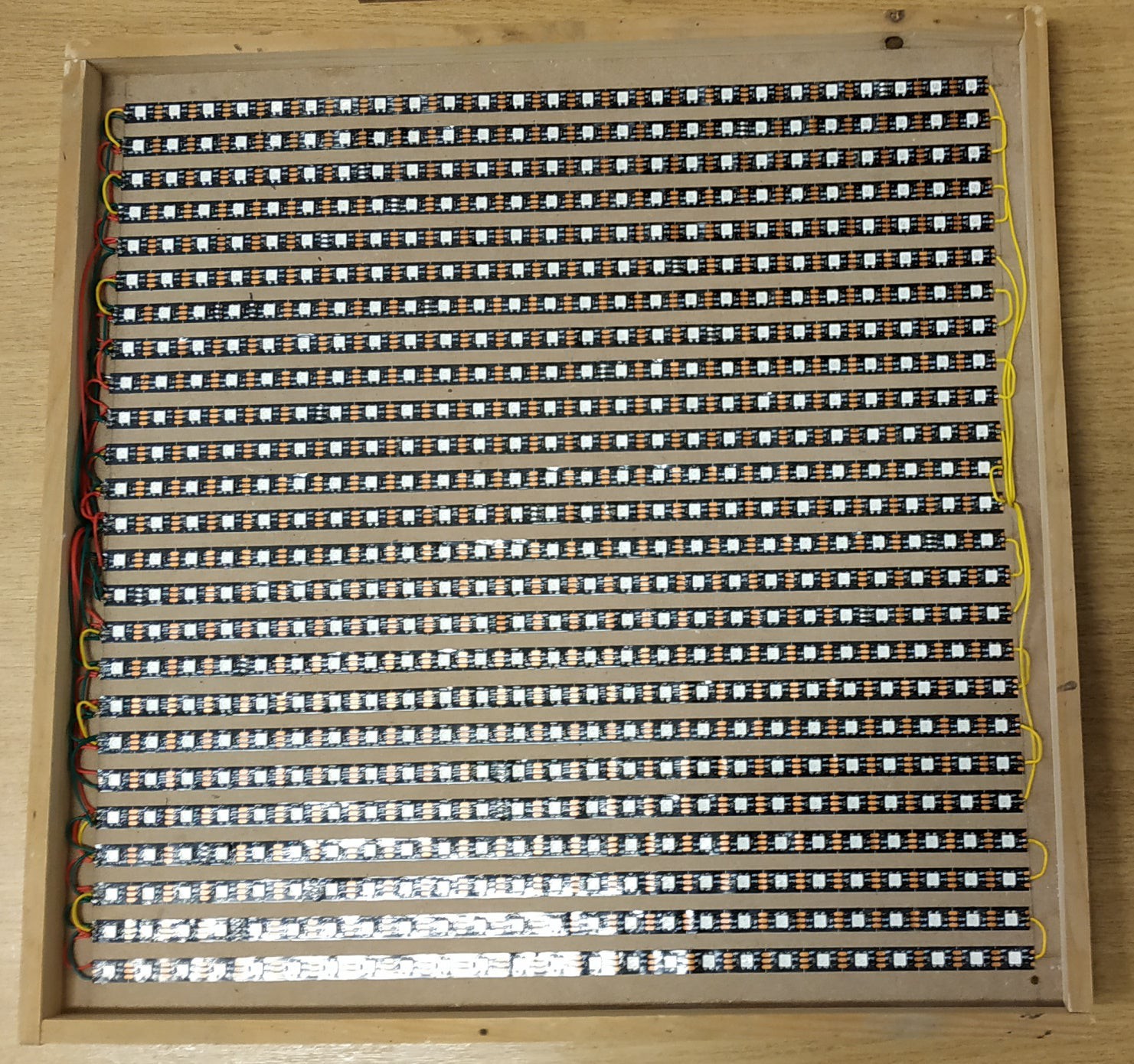
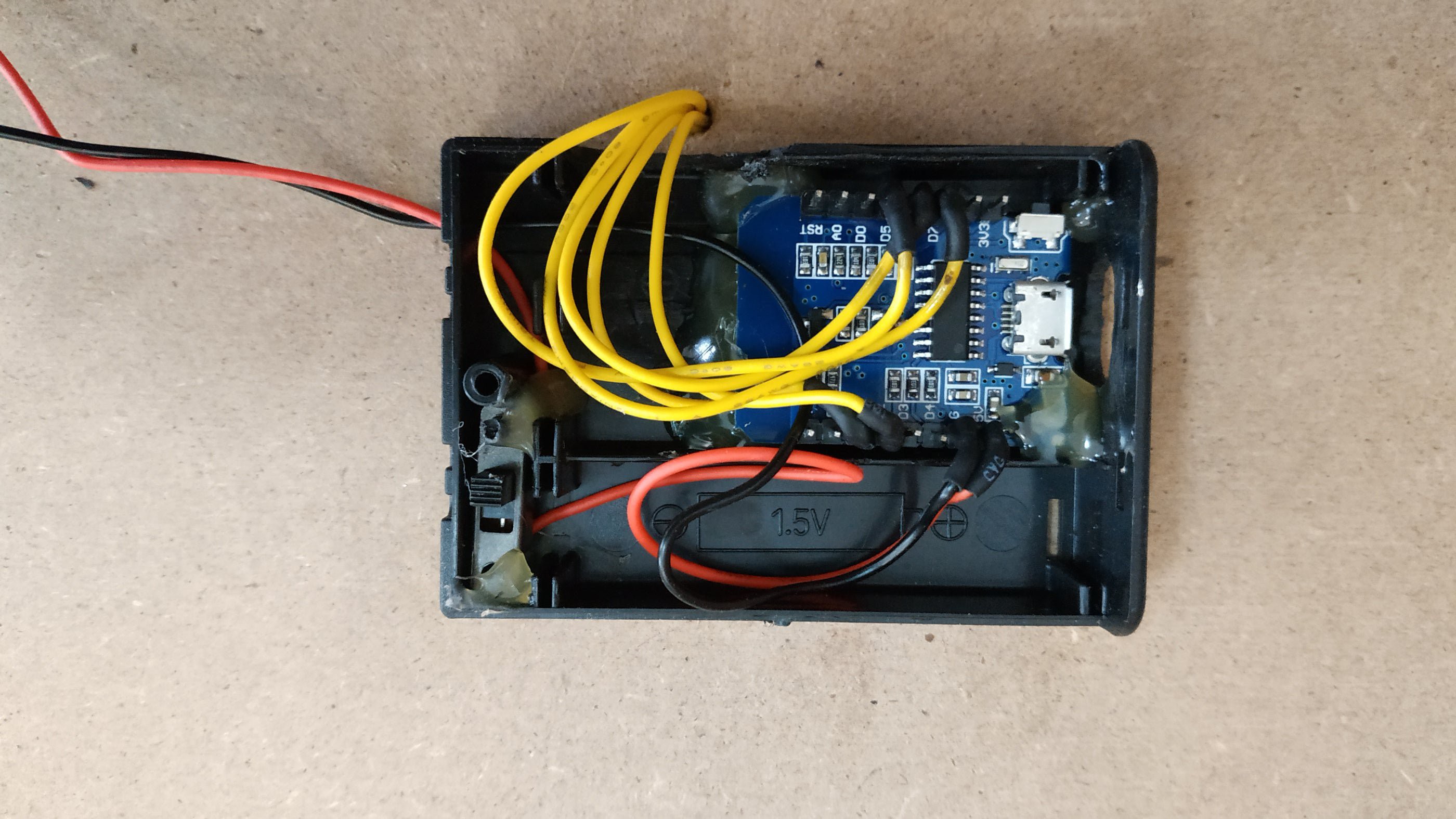
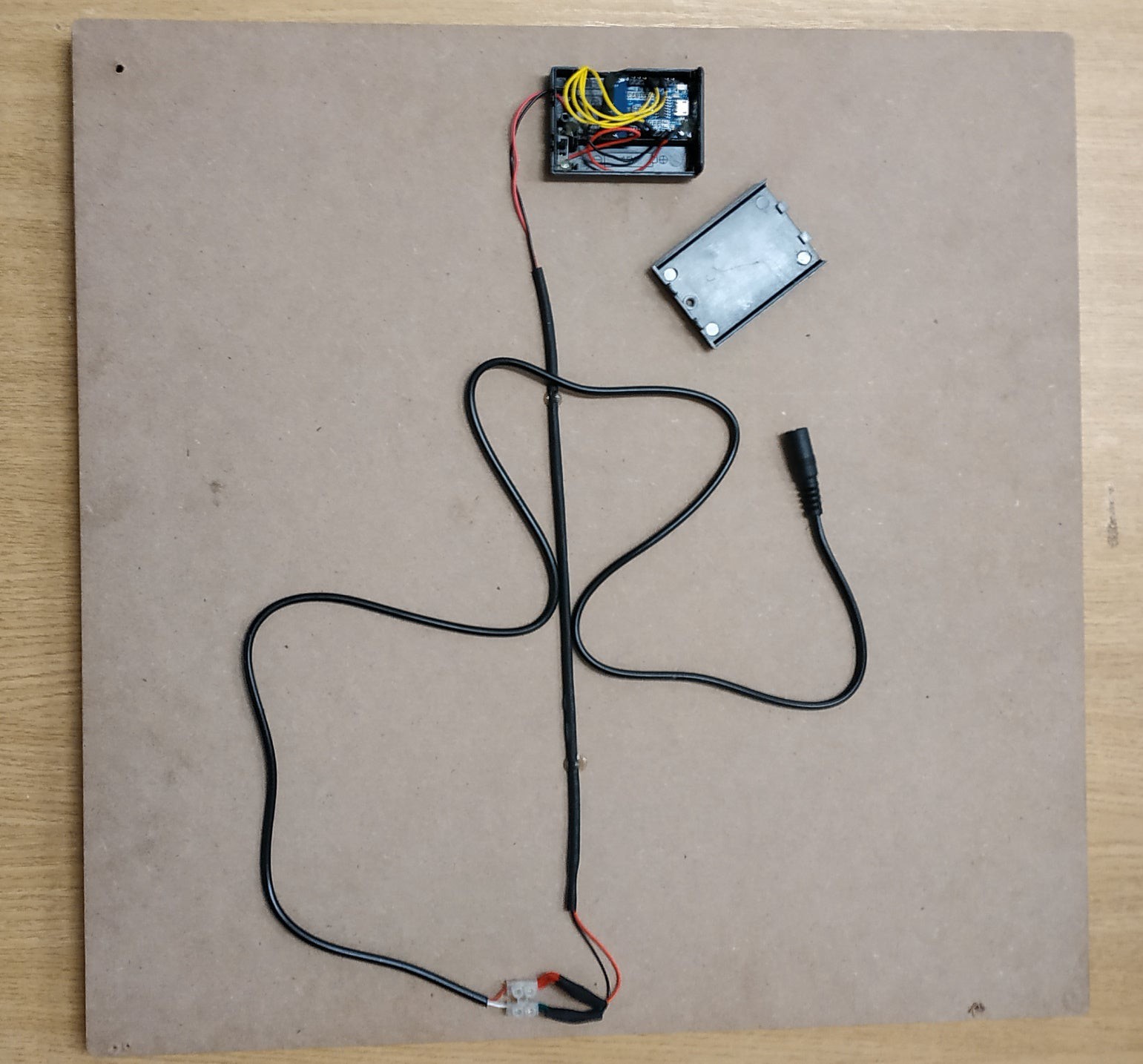
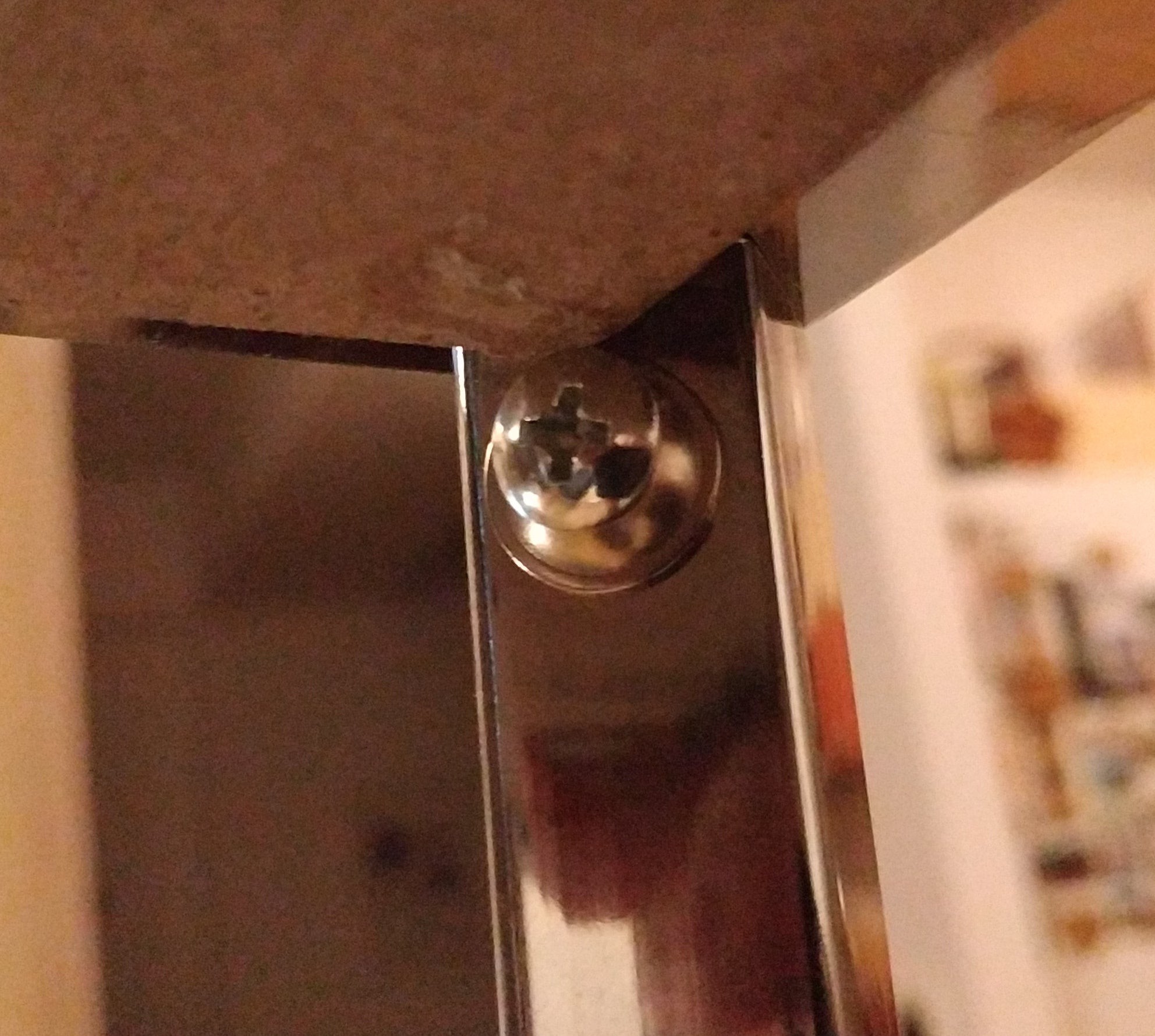
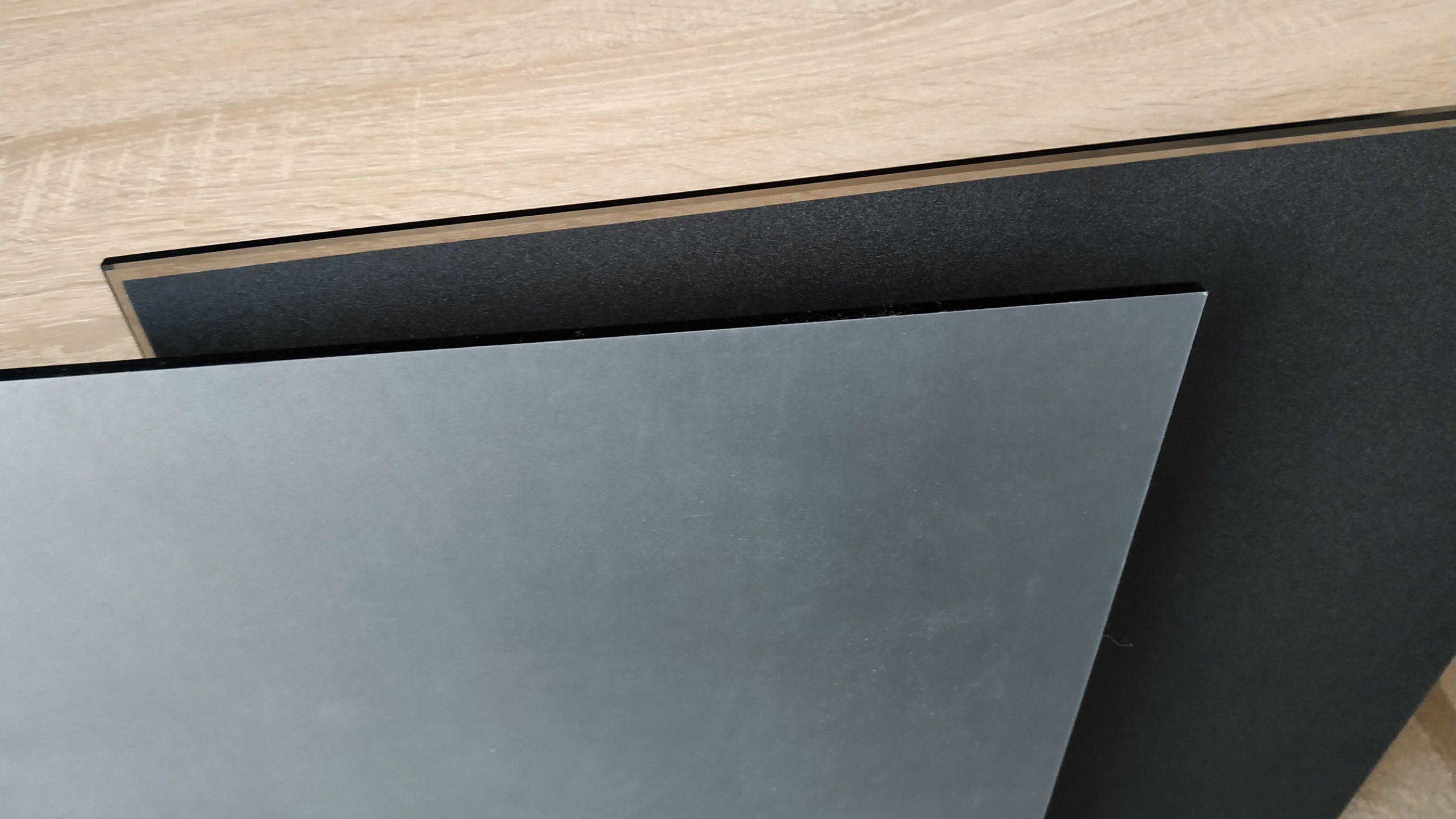
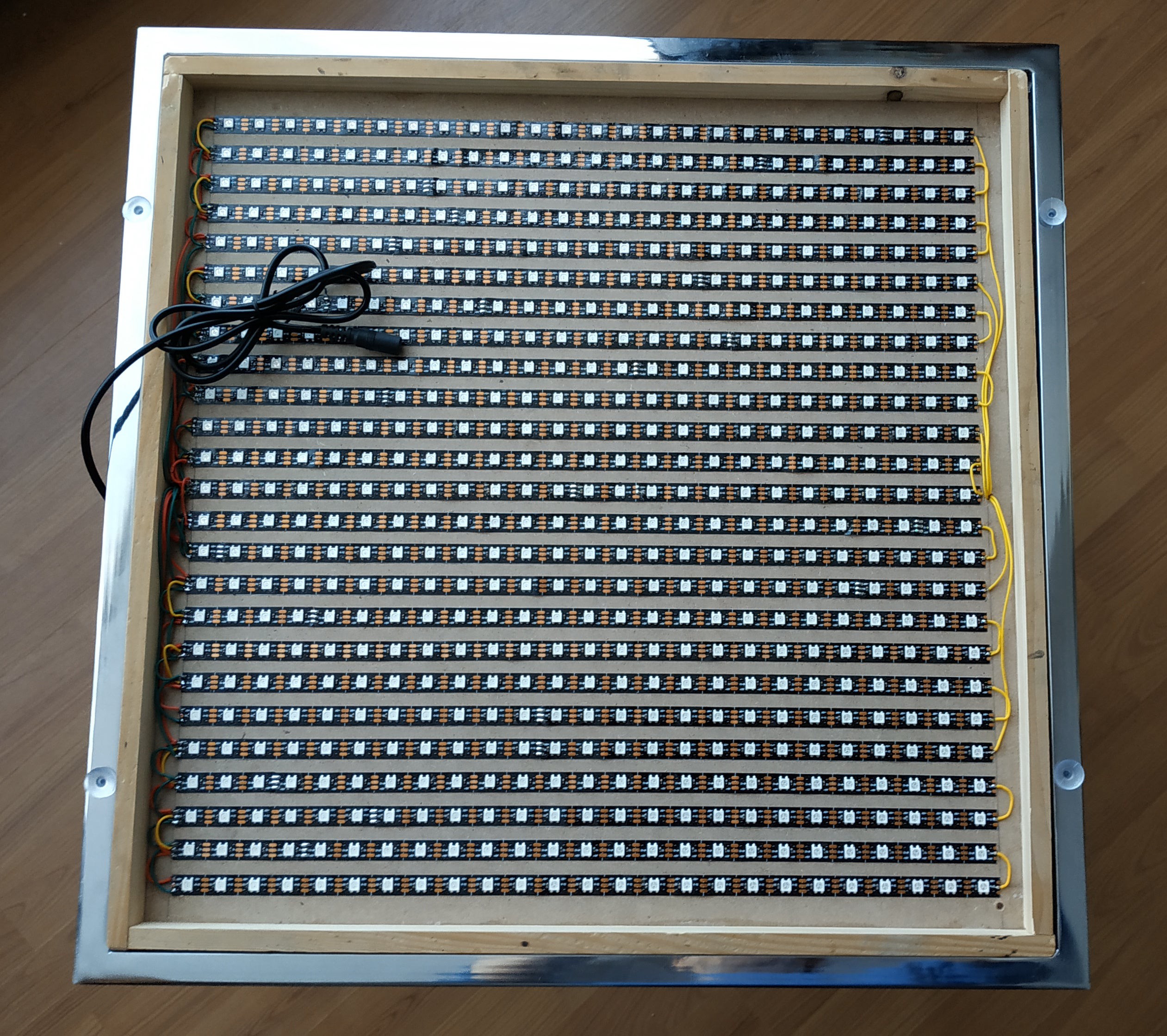


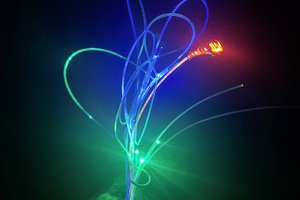
 Rich Morrissey
Rich Morrissey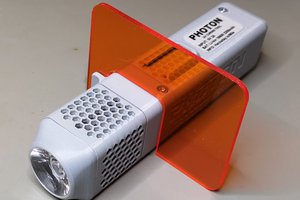
 Mile
Mile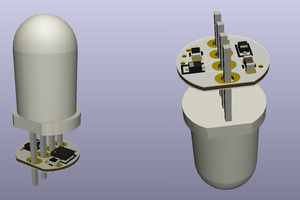
 Sam Ettinger
Sam Ettinger
 Gerben
Gerben
Nice build! I love the smoky diffuser, looks great in the demo from your YouTube channel:
https://www.youtube.com/watch?v=4huUMcDdQ-0